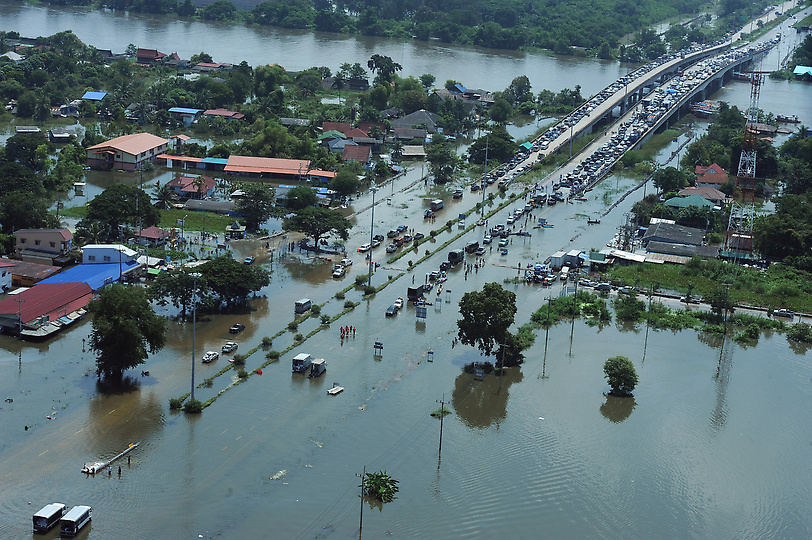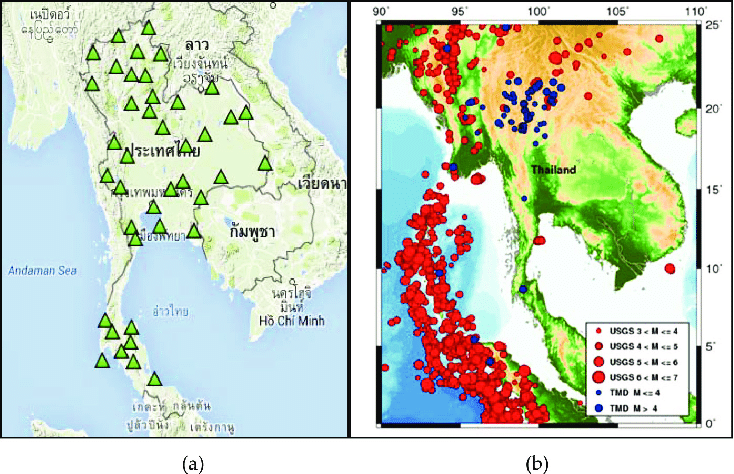The Coast of Thailand
While these coastal erosion rates are concerning, scientist have pinpointed a main cause being climate change. There has been evidence found to support the growth in current strength and wave size being a large issue for many coastal towns just by increasing the average rate of erosion. On the other hand, these waves also effect currently placed cement seawalls(put in place to protect coastal towns), not only hurting them faster but dispersing worse erosion to other areas surrounding the walls. Also, these seawalls places in past years to protect communities from erosion, have led to less mangrove forests being able to do so naturally and also destroying mudflats in which they would have grown. Not only has climate changes seemed to increase these waves affecting our manmade and natural boundaries, but it has led to more frequent and heavier rainfalls, as well as storm surges from coastal flooding and tsunamis.
| Heres an image from an article about seawalls posing damage to ecosystems, and why they're being used. |
The Thai Royal Government has taken notice of these climate change issues since first becoming a majorly noticed problem around 1997. The first issues to resolve were how to regrow coastal communities to be better situated in the face of emergencies. This meant preparing alert systems for flash floods, tsunamis, and early evacuation routes. They also spent a great deal debating how to go about retaining as much of the current coastline possible, as many communities had already begun using mangroves, in more effected areas the government places cement seawalls. As explained before these do both good and bad in term of erosion, but overall the Office of National Resources and Environmental Policy and Planning stated they plan to move towards nature based solutions in order to rebuild the diverse coastal ecosystems over time. They also claim to want cities to learn to "live with water" meaning they plan to find more water storage in natural ways for city use.
References:
https://www.preventionweb.net/news/erosion-eats-away-land-along-22-percent-thai-coastline
https://www.mekongeye.com/2023/09/11/thailand-communities-tackle-rising-sea/


It's disheartening to hear about the large loss of coastline and the growing threats of erosion and flooding in Thailand. The impacts on communities and ecosystems are so sad, and it's clear that climate change is a major contributing factor. Thanks for sharing.
ReplyDelete